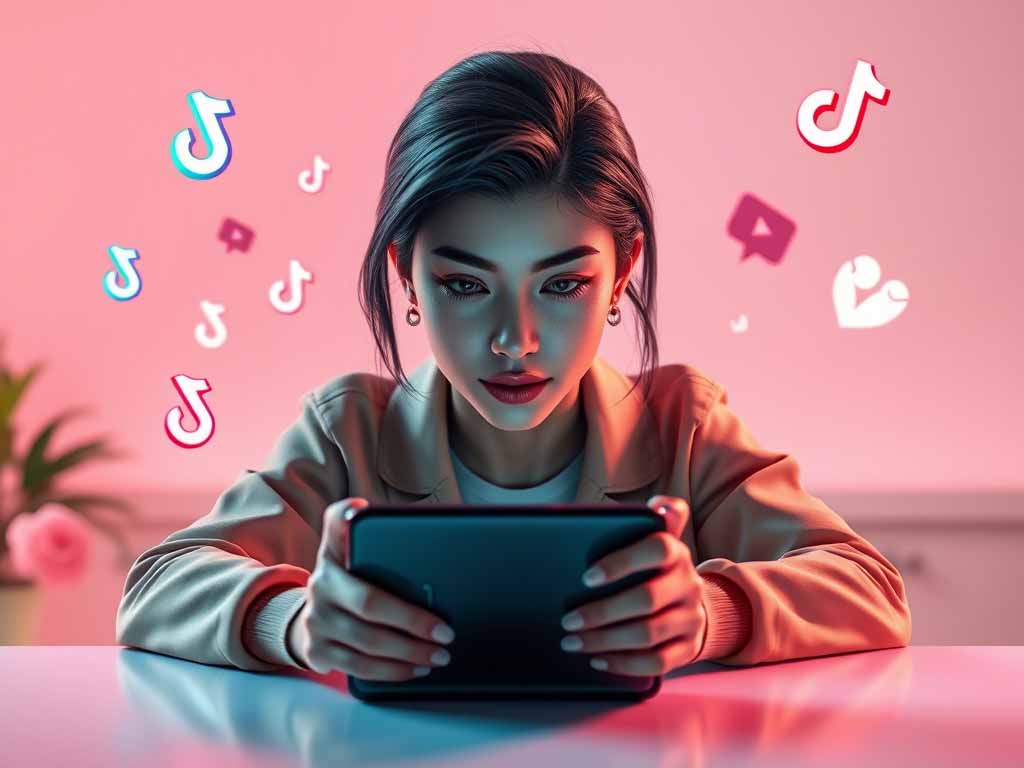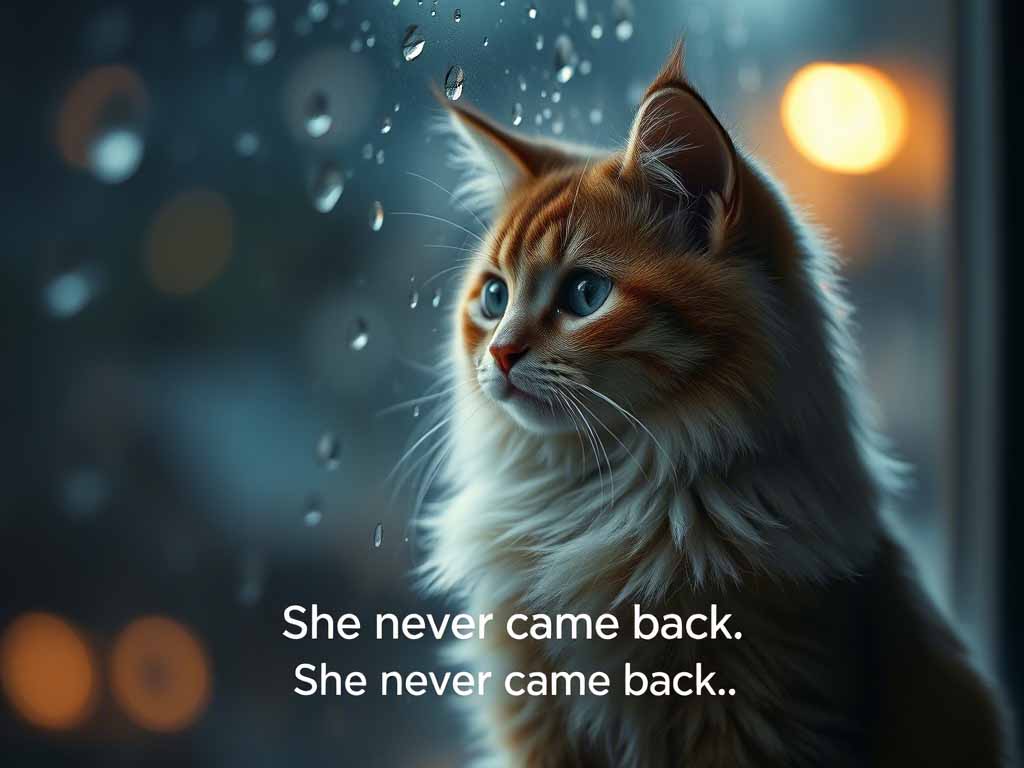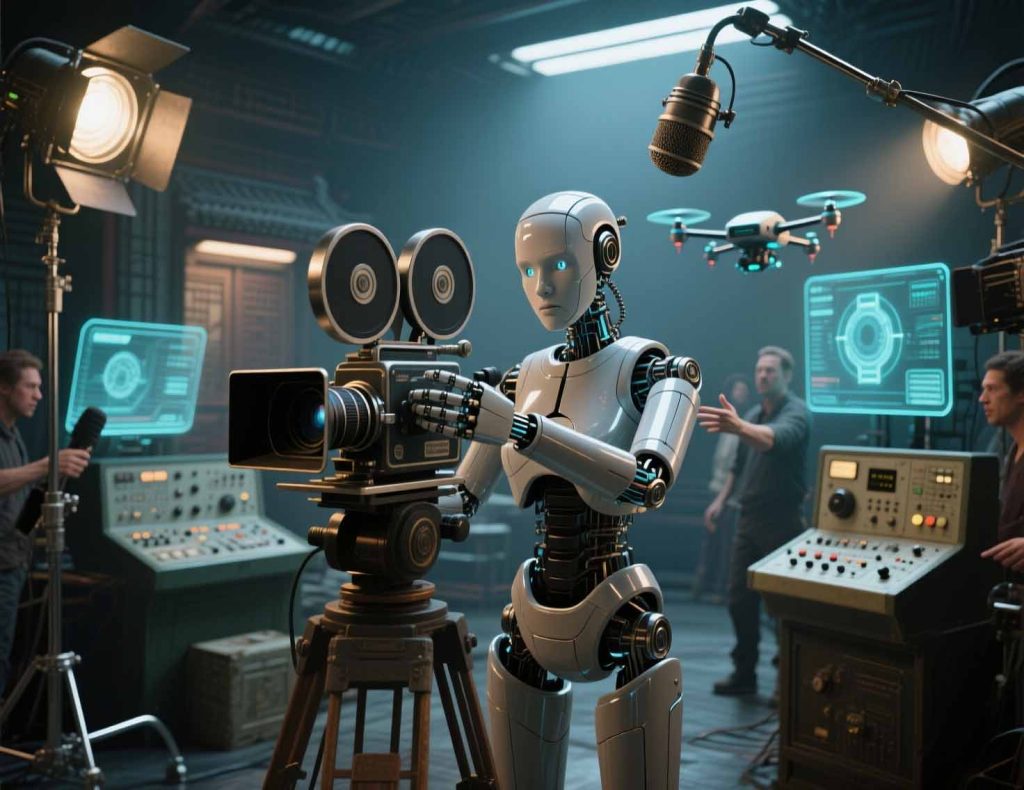Have you ever watched a TikTok ad and thought, “Wow, that person’s super smooth…” and then realized — wait, they don’t even feel real?
Well, you might’ve just met one of TikTok’s AI avatars.
Yep. TikTok is now letting brands create fake people — faces that talk, smile, blink — all powered by artificial intelligence. These digital characters are being used to sell products, speak in different languages, and do influencer-style videos… without actually being human.
Kind of cool? Definitely. A little weird? Also yes.
Let’s talk about what this means — and whether we should be excited or nervous.
So, What Are These AI Avatars Anyway?
In short: they’re not real people.
TikTok has introduced a tool (called Symphony) that lets brands create digital avatars — basically, lifelike characters that talk to the camera just like a real person would.
You pick how they look, what they say, and even how they say it. Want a cheerful young woman to promote your shampoo? Or a serious-looking guy in a suit selling software? You got it.
And the best part (for brands)? These avatars don’t need makeup, lighting, or lunch breaks.
Why Are Brands So Into This?
Because it saves time, money, and effort.
Instead of hiring influencers or filming ad shoots, companies can now type out a script, choose an avatar, and boom — instant video ad.
Want that ad in Spanish, French, and Hindi too? No problem. The AI can translate and re-record it in multiple languages in minutes.
To businesses, this isn’t just helpful — it’s a marketing dream.
But… Do They Look Real?
Almost too real.
Some of the avatars are based on real people who gave TikTok permission to use their face and voice. Others are completely made up by AI — but you’d never know by watching.
They move like us. Talk like us. Even make eye contact with the camera.
And unless someone tells you, you probably won’t realize it’s not a person.
That’s what makes this both amazing and kind of unsettling.
Here’s What’s Good About It
Let’s not pretend it’s all bad. There are some clear upsides:
- Small brands can afford ads now, even without big budgets.
- Fast content. You can make a video in hours instead of weeks.
- Global reach. One avatar can speak to millions in different languages.
- Total control. The avatar says exactly what the brand wants.
In some ways, it levels the playing field. Even a tiny business can look pro.
And Here’s Where It Gets Messy
Now for the not-so-great side.
1. Fake people, real confusion
People love TikTok because it feels raw and honest. But if the ad you’re watching is being delivered by a digital actor? That trust starts to crack.
It’s not always easy to tell what’s real anymore.
2. What about real creators?
TikTok is full of everyday people who built an audience by being themselves. They review products, share tips, tell stories.
If brands start choosing AI avatars over actual humans, what happens to all those creators?
Some influencers are already trying to license their face to TikTok for avatar use — but that’s not something everyone can (or wants to) do.
3. No clear labels
Right now, not all AI videos on TikTok are marked as such. So people can easily be misled, especially if they don’t know this tech even exists.
That’s a huge issue, especially for younger users who may trust what they see without second-guessing.
What Are People Saying?
It’s kind of a mix.
Some businesses love the avatars. They say it saves them tons of time and helps them speak to more people, faster.
But a lot of creators and everyday users feel uneasy. Some worry about the future of authenticity. Others are just freaked out by how real the avatars look.
And there’s already concern about people creating fake avatars that look like real people — without permission.
So yeah… we’re entering weird territory.
Is This Where Ads Are Headed?
Honestly? Probably.
TikTok’s just getting started. Instagram, YouTube, and other platforms are already experimenting with AI-driven ads too.
And in countries like China, digital influencers (that were never human to begin with) already have millions of followers.
It’s likely we’ll see more of this — not less.
But here’s the thing: AI might make ad production faster, but it won’t replace the human connection that people still crave. That’s why creators who are honest, real, and relatable still matter — maybe more than ever.
Final Thoughts
TikTok’s AI avatars aren’t science fiction anymore — they’re already here, smiling at you through your screen.
They’re powerful, impressive, and kind of freaky. And while they open up big possibilities for brands, they also raise big questions for the rest of us.
If anyone can make a face say anything… how do we know what (or who) to trust?
Maybe that’s the challenge of the AI age: staying real in a world where everything looks real — but isn’t.
So next time you watch a TikTok ad and think, “That person’s kinda perfect…” maybe ask yourself: are they even real?
Recent Posts on UseAI.click
To provide readers with additional insights, here are the latest five posts from your website:



